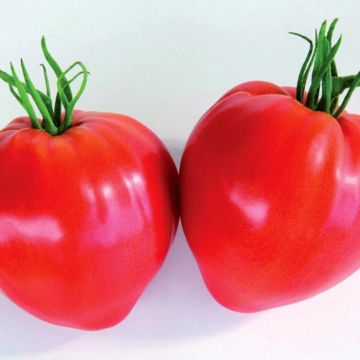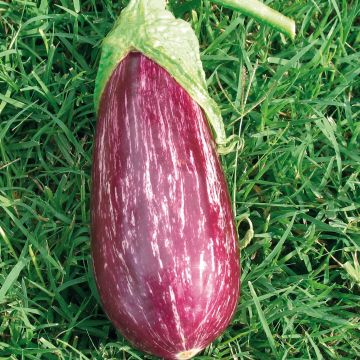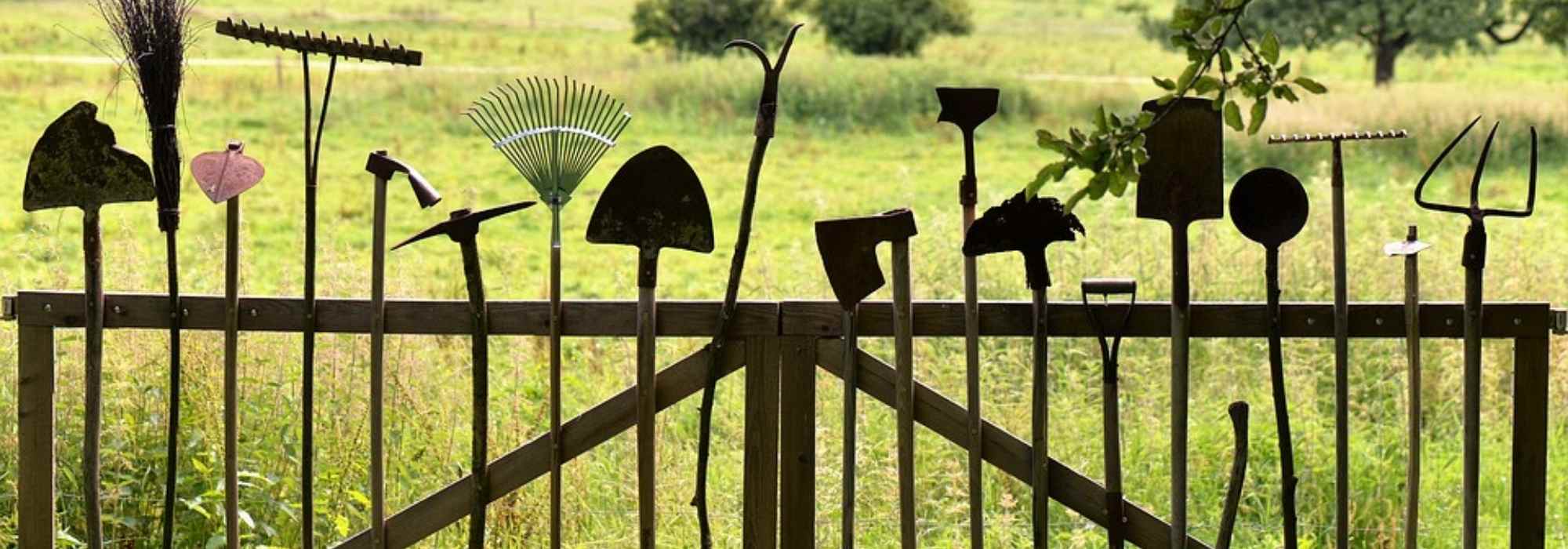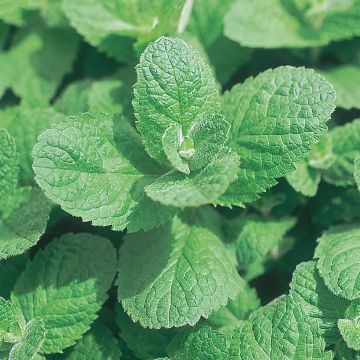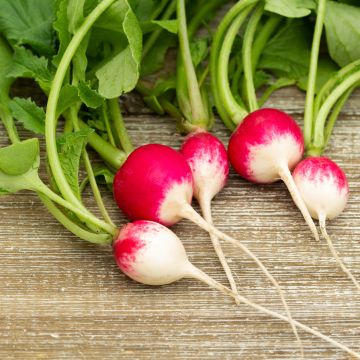

Pastèque Little Darling F1 en plant
Watermelon Little Darling F1 - Citrullus lanatus
Citrullus lanatus Little Darling F1
Watermelon, Sugar melon
Special offer!
Receive a €20 voucher for any order over €90 (excluding delivery costs, credit notes, and plastic-free options)!
1- Add your favorite plants to your cart.
2- Once you have reached €90, confirm your order (you can even choose the delivery date!).
3- As soon as your order is shipped, you will receive an email containing your voucher code, valid for 3 months (90 days).
Your voucher is unique and can only be used once, for any order with a minimum value of €20, excluding delivery costs.
Can be combined with other current offers, non-divisible and non-refundable.
Home or relay delivery (depending on size and destination)
Schedule delivery date,
and select date in basket
This plant carries a 6 months recovery warranty
More information
We guarantee the quality of our plants for a full growing cycle, and will replace at our expense any plant that fails to recover under normal climatic and planting conditions.
Description
The 'Little Darling' F1 watermelon is a hybrid variety, early, and easy to grow. It is characterizsed by its compact growth habit, suitable for small spaces and container gardening. It produces mini watermelons, weighing between 2 and 3 kilograms, with delicious flesh that is highly appreciated for fresh consumption in fruit salads or for making smoothies and juices. Almost seedless, it is easy to enjoy, and its high water content makes it refreshing in the summer. Outdoor planting can be considered as long as temperatures do not drop below 12-13°C (53.6-55.4°F) at night. It is important to be vigilant for the presence of slugs, which are fond of young leaves.
NB: This variety is labeled F1 for "F1 hybrid" because it is a variety resulting from the cross-breeding of carefully selected parents to combine their qualities. This results in a variety that can be particularly flavourful and/or early while also being resistant to certain diseases. Sometimes criticised or wrongly associated with GMOs, F1 hybrid seeds are interesting both for their uniformity and resistance. Unfortunately, their qualities do not pass on to the next generations, so it will not be possible to save the seeds for future sowing.
Watermelon is an annual creeping vegetable plant. It is cultivated for its spherical fruits with sweet and juicy flesh, which are consumed raw like other melons. It is a very refreshing fruit, highly appreciated in hot regions. It can also be used to make delicious jams and sorbets. Watermelon has antiscorbutic, purifying, and refreshing properties, and it contains vitamins (A, B, C) and minerals (calcium, magnesium, iron).
Watermelon grows in areas with very moist soil. It requires well-fertilised soil, a warm and sunny exposure, and regular watering.
Harvest: Watermelons are harvested when ripe: they lose their shiny colour and sound hollow when tapped.
Storage: They can be stored in the refrigerator for a few days.
Gardener's tip: Regular hoeing and weeding are recommended, and mulching is advised.
Harvest
Plant habit
Foliage
Other Grafted plants
View all →Planting and care
Planting: First, grow the plug plants by transplanting them into trays or pots measuring 8 to 13 cm (3 to 5in) in diameter, filled with compost. Place the plants in a warm and bright location. Water regularly.
In the ground: Planting in the ground should be done when the risk of frost is gone and the soil is sufficiently warmed up. Space the plants 1 m (3ft) apart in all directions. Dig a hole, place your plant with the graft point at ground level, without burying it, and cover with fine soil. Firmly press down and water to keep the soil moist.
In a pot: Choose a pot that is at least 40 cm (16in) deep. Place a layer of gravel or clay pellets at the bottom of the pot to improve drainage. Fill the pot with a mixture of compost and well-rotted manure. Place the root ball and cover with soil. Firmly press down and water. Place the pot in the sun. Regularly add compost.
Growing watermelon requires regular watering (about twice a week in summer, depending on the climate). Be careful, only water the base and not the leaves to prevent the appearance of mildew and powdery mildew. Regularly weed and hoe.
Cultivation
Care
Intended location
Planting & care advice
This item has not been reviewed yet - be the first to leave a review about it.
Similar products
Haven't found what you were looking for?
Hardiness is the lowest winter temperature a plant can endure without suffering serious damage or even dying. However, hardiness is affected by location (a sheltered area, such as a patio), protection (winter cover) and soil type (hardiness is improved by well-drained soil).

Photo Sharing Terms & Conditions
In order to encourage gardeners to interact and share their experiences, Promesse de fleurs offers various media enabling content to be uploaded onto its Site - in particular via the ‘Photo sharing’ module.
The User agrees to refrain from:
- Posting any content that is illegal, prejudicial, insulting, racist, inciteful to hatred, revisionist, contrary to public decency, that infringes on privacy or on the privacy rights of third parties, in particular the publicity rights of persons and goods, intellectual property rights, or the right to privacy.
- Submitting content on behalf of a third party;
- Impersonate the identity of a third party and/or publish any personal information about a third party;
In general, the User undertakes to refrain from any unethical behaviour.
All Content (in particular text, comments, files, images, photos, videos, creative works, etc.), which may be subject to property or intellectual property rights, image or other private rights, shall remain the property of the User, subject to the limited rights granted by the terms of the licence granted by Promesse de fleurs as stated below. Users are at liberty to publish or not to publish such Content on the Site, notably via the ‘Photo Sharing’ facility, and accept that this Content shall be made public and freely accessible, notably on the Internet.
Users further acknowledge, undertake to have ,and guarantee that they hold all necessary rights and permissions to publish such material on the Site, in particular with regard to the legislation in force pertaining to any privacy, property, intellectual property, image, or contractual rights, or rights of any other nature. By publishing such Content on the Site, Users acknowledge accepting full liability as publishers of the Content within the meaning of the law, and grant Promesse de fleurs, free of charge, an inclusive, worldwide licence for the said Content for the entire duration of its publication, including all reproduction, representation, up/downloading, displaying, performing, transmission, and storage rights.
Users also grant permission for their name to be linked to the Content and accept that this link may not always be made available.
By engaging in posting material, Users consent to their Content becoming automatically accessible on the Internet, in particular on other sites and/or blogs and/or web pages of the Promesse de fleurs site, including in particular social pages and the Promesse de fleurs catalogue.
Users may secure the removal of entrusted content free of charge by issuing a simple request via our contact form.
The flowering period indicated on our website applies to countries and regions located in USDA zone 8 (France, the United Kingdom, Ireland, the Netherlands, etc.)
It will vary according to where you live:
- In zones 9 to 10 (Italy, Spain, Greece, etc.), flowering will occur about 2 to 4 weeks earlier.
- In zones 6 to 7 (Germany, Poland, Slovenia, and lower mountainous regions), flowering will be delayed by 2 to 3 weeks.
- In zone 5 (Central Europe, Scandinavia), blooming will be delayed by 3 to 5 weeks.
In temperate climates, pruning of spring-flowering shrubs (forsythia, spireas, etc.) should be done just after flowering.
Pruning of summer-flowering shrubs (Indian Lilac, Perovskia, etc.) can be done in winter or spring.
In cold regions as well as with frost-sensitive plants, avoid pruning too early when severe frosts may still occur.
The planting period indicated on our website applies to countries and regions located in USDA zone 8 (France, United Kingdom, Ireland, Netherlands).
It will vary according to where you live:
- In Mediterranean zones (Marseille, Madrid, Milan, etc.), autumn and winter are the best planting periods.
- In continental zones (Strasbourg, Munich, Vienna, etc.), delay planting by 2 to 3 weeks in spring and bring it forward by 2 to 4 weeks in autumn.
- In mountainous regions (the Alps, Pyrenees, Carpathians, etc.), it is best to plant in late spring (May-June) or late summer (August-September).
The harvesting period indicated on our website applies to countries and regions in USDA zone 8 (France, England, Ireland, the Netherlands).
In colder areas (Scandinavia, Poland, Austria...) fruit and vegetable harvests are likely to be delayed by 3-4 weeks.
In warmer areas (Italy, Spain, Greece, etc.), harvesting will probably take place earlier, depending on weather conditions.
The sowing periods indicated on our website apply to countries and regions within USDA Zone 8 (France, UK, Ireland, Netherlands).
In colder areas (Scandinavia, Poland, Austria...), delay any outdoor sowing by 3-4 weeks, or sow under glass.
In warmer climes (Italy, Spain, Greece, etc.), bring outdoor sowing forward by a few weeks.
































